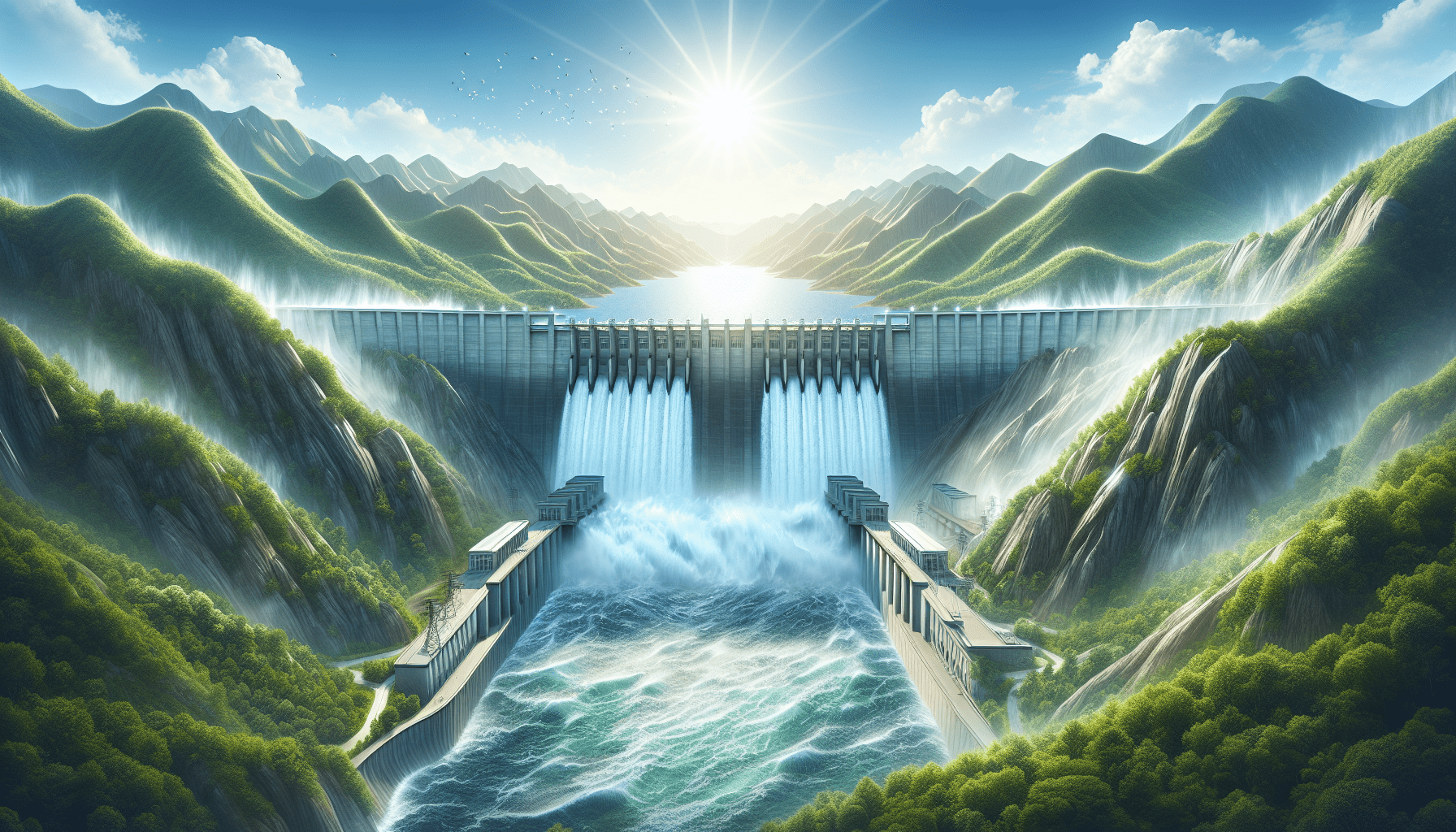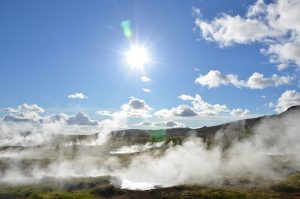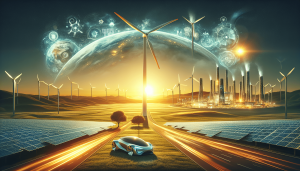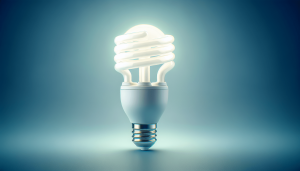Welcome to our exploration of the fascinating world of hydroelectric power! In this article, we’ll dive into the mechanics of how we harness the power of flowing water to generate electricity. By understanding the various components and processes involved, we’ll gain insight into one of the most reliable and sustainable sources of energy available to us today. Get ready to discover the science behind the dams, turbines, and generators that make hydroelectric power an essential part of our modern energy landscape! Have you ever wondered how hydroelectric power works? We often hear about hydroelectric power as a clean and renewable energy source, but what exactly goes into producing electricity from water? Understanding this process can help us appreciate the ingenuity behind harnessing nature’s power.
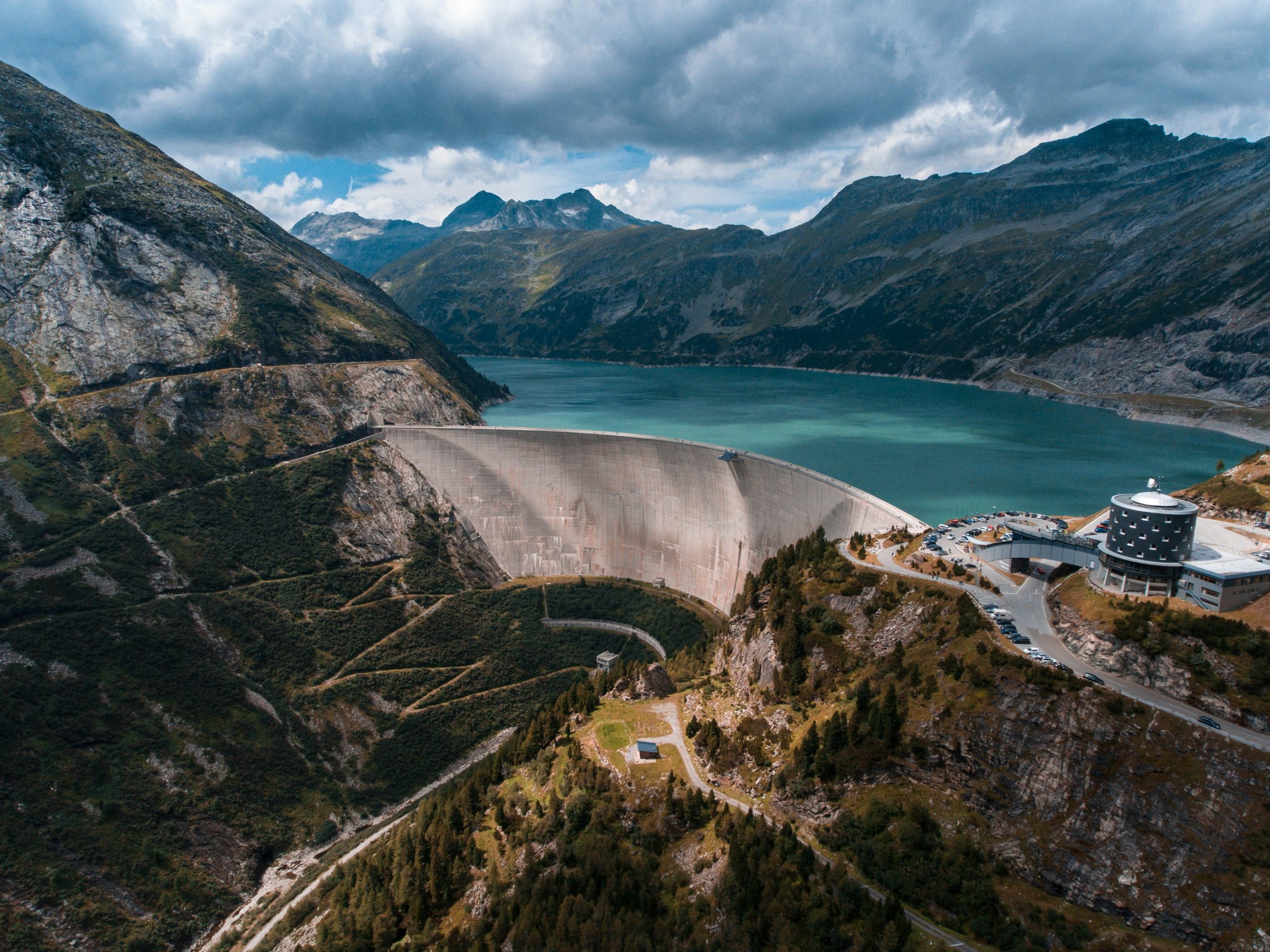
Introduction to Hydroelectric Power
Hydroelectric power, simply put, is the conversion of energy from flowing water into electricity. This renewable source of energy taps into the natural water cycle, making it a sustainable and environmentally friendly option.
The Basics: How Water Turns into Electricity
Let’s break down the fundamental steps involved in generating hydroelectric power.
The Water Cycle and Hydrology
To start, the water cycle plays a crucial role. Water from rivers, lakes, and oceans evaporates, forms clouds, and eventually returns to the earth as precipitation. Rainwater and melting snow feed into rivers and streams, which flow back to large water bodies. This continuous movement of water is the basis of hydroelectric power.
Potential and Kinetic Energy
Water at elevated heights, such as in mountains and hills, possesses potential energy due to gravity. When this water flows downward, it converts its potential energy into kinetic energy. The faster and more voluminous the flow, the greater the kinetic energy available for conversion into electricity.
The Role of Dams
In many hydroelectric systems, dams are constructed to control water flow. Dams create a reservoir by holding back large amounts of water, thus converting the stream’s kinetic energy into stored potential energy.
| Component | Function |
|---|---|
| Dam | Holds back water to create a reservoir, builds potential energy |
| Gates | Regulates water flow from the reservoir to the turbines |
| Reservoir | Stores large quantities of water, maintaining a steady supply |
Inside a Hydroelectric Power Plant
Understanding the components and operations inside a hydroelectric power plant helps us see how water transforms into electricity.
The Structure of Hydroelectric Plants
The typical hydroelectric power plant consists of several critical components, including the dam, turbine, generator, and transmission lines.
- Dam: This barrier ensures a controlled flow of water, which is released based on electricity demand.
- Turbine: As water flows through the dam, it hits the turbine blades, causing the turbine to spin.
- Generator: Connected to the turbine, the generator converts mechanical energy into electrical energy.
- Transmission Lines: These lines carry the generated electricity to homes and businesses.
How Turbines and Generators Work Together
Water flows through the dam’s gates, hitting the turbine blades and causing them to spin. This motion turns the generator’s rotor, creating electromagnetic induction and, ultimately, electricity.
Types of Hydroelectric Power Plants
Hydroelectric power plants can differ in their design and operation. Here are the main types:
Impoundment Facilities
Impoundment facilities rely on dams to store river water in a reservoir. When electricity is needed, water is released from the reservoir to turn the turbine.
Diversion (Run-of-River) Facilities
Diversion facilities, often called run-of-river plants, do not require a major dam or reservoir. Instead, they channel a portion of river flow through a canal or penstock to the turbines. These plants are less impactful on the environment as they maintain the river’s natural flow.
Pumped Storage Plants
Pumped storage plants work as a battery, storing electricity generated by other power sources. During periods of low electricity demand, excess power pumps water from a lower reservoir to an upper reservoir. During high demand, the stored water is released back down to generate electricity.
| Type | Key Features |
|---|---|
| Impoundment | Uses a dam and large reservoir |
| Diversion (Run-of-River) | Minimal impact on the river’s natural flow, small or no reservoir |
| Pumped Storage | Stores energy by moving water between reservoirs, acts as a battery |
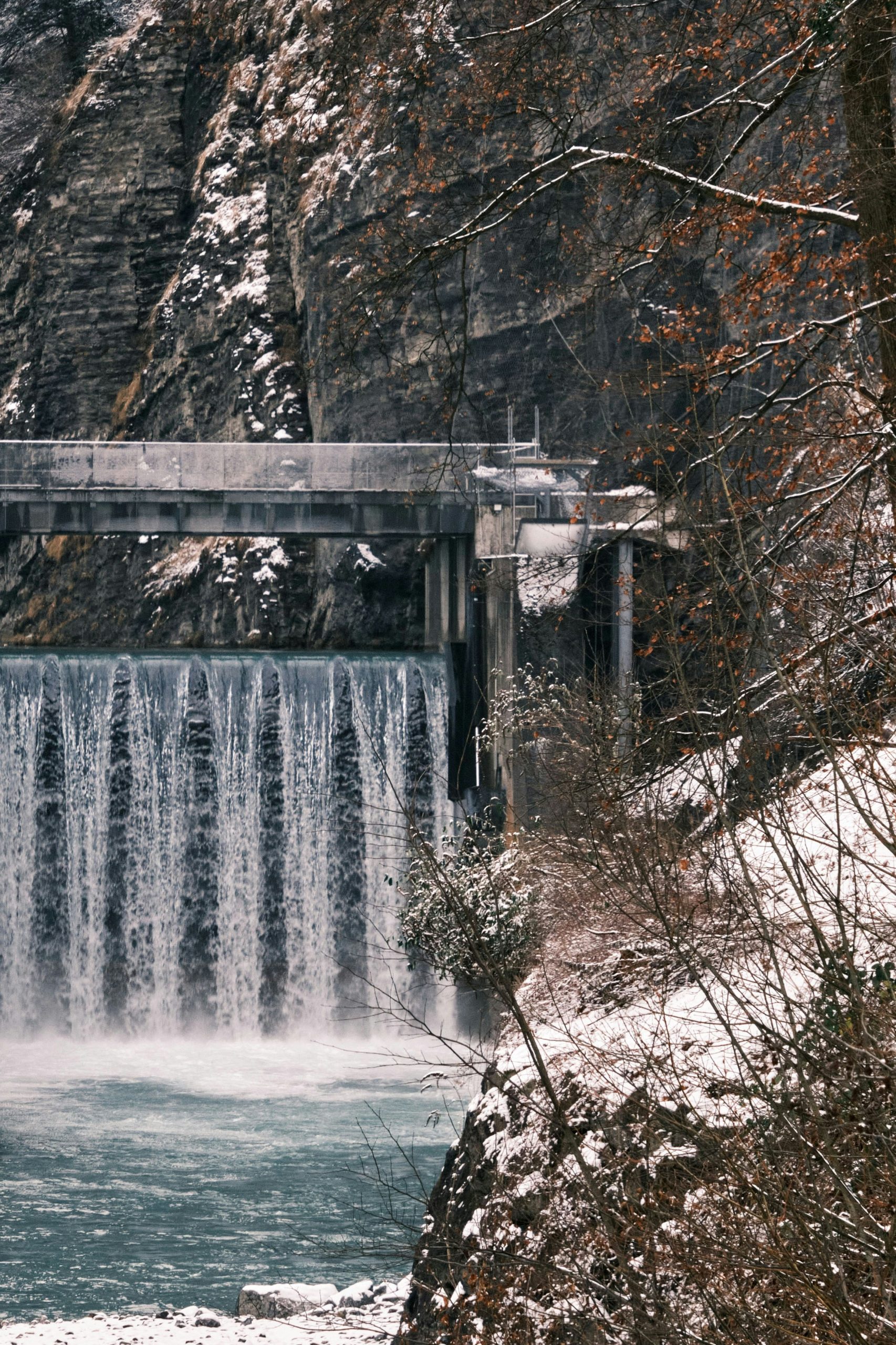
The Environmental Impact of Hydroelectric Power
While hydroelectric power is renewable, its environmental impact varies based on the specific type of plant and location.
Positive Environmental Contributions
- Reduced Carbon Footprint: Hydroelectric plants generate electricity without burning fossil fuels, significantly reducing greenhouse gas emissions.
- Long Lifespan: Many hydroelectric plants can operate for decades with proper maintenance, offering sustained renewable energy.
Potential Environmental Concerns
- Ecosystem Disruption: Dams can alter aquatic ecosystems, affecting fish migration and habitat.
- Water Quality and Flow: The impoundment and release of water can change water temperature, oxygen levels, and sediment flow, impacting downstream environments.
Technological Advancements in Hydroelectric Power
Innovation is key to enhancing the efficiency and reducing the environmental impact of hydroelectric power.
Fish-Friendly Turbines
One concern with hydroelectric power is the impact on fish migration. Modern plants use fish-friendly turbines designed to reduce harm to aquatic life.
Enhanced Storage and Flexibility
Advancements in pumped storage technology provide better electricity storage solutions, balancing supply and demand more effectively.
Improved Efficiency
New materials and designs are making turbines more efficient, generating more electricity from the same amount of water.
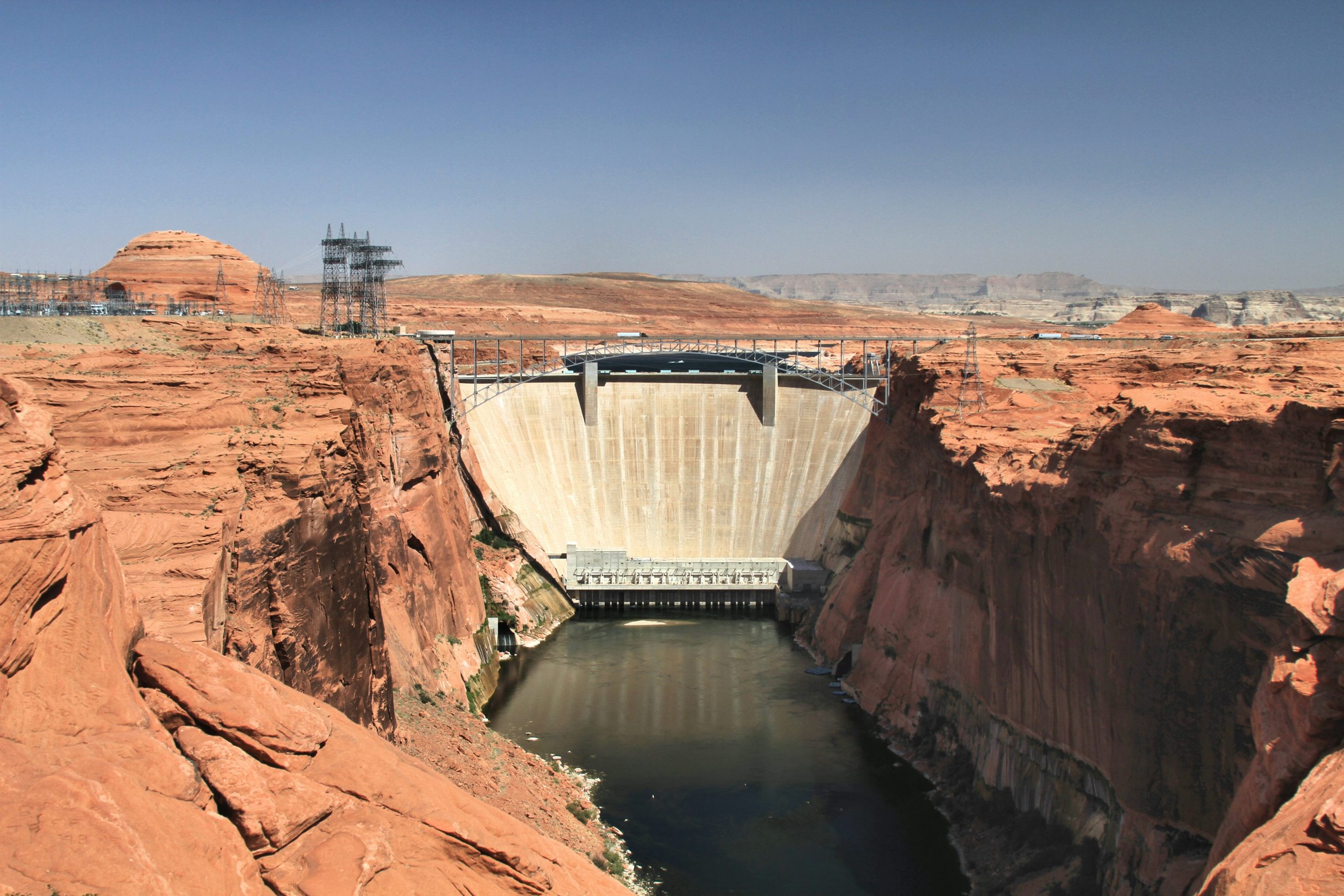
Economic Impact of Hydroelectric Power
Hydroelectric power offers significant economic benefits, though initial costs can be high.
Job Creation and Local Development
Building and maintaining hydroelectric plants create jobs and stimulate local economies. Hydropower projects often require considerable labor and can spur infrastructure development in rural areas.
Cost-Effective Energy Production
Though expensive to build, hydroelectric plants have low operational costs. Once established, they provide a consistent and cost-effective power supply.
Contribution to Energy Independence
Hydroelectric power contributes to energy independence by reducing reliance on imported fossil fuels. This can be particularly beneficial for countries with abundant water resources.
Case Studies: Successful Hydroelectric Projects
Examining successful hydroelectric projects helps us understand the diverse applications and benefits of this technology.
The Hoover Dam (USA)
One of the most iconic hydroelectric plants, the Hoover Dam, produces significant power and has shaped water policy in the American West.
| Aspect | Description |
|---|---|
| Location | Border of Arizona and Nevada, USA |
| Capacity | 2,080 megawatts |
| Key Benefits | Provides power to multiple states, critical water supply for agriculture and cities |
| Environmental Impact | Altered Colorado River flow, affected fish habitat and sediment transport |
Three Gorges Dam (China)
The Three Gorges Dam on the Yangtze River is the world’s largest hydroelectric power station by installed capacity.
| Aspect | Description |
|---|---|
| Location | Hubei province, China |
| Capacity | 22,500 megawatts |
| Key Benefits | Massive power generation, flood control benefits |
| Environmental Impact | Significant ecological changes, displacement of local communities |
Itaipu Dam (Brazil/Paraguay)
This dam on the Paraná River is a bi-national project providing significant electricity to Brazil and Paraguay.
| Aspect | Description |
|---|---|
| Location | Border of Brazil and Paraguay |
| Capacity | 14,000 megawatts |
| Key Benefits | Supplies major electricity needs for both countries, promotes regional cooperation |
| Environmental Impact | Flooding of large areas, impact on biodiversity and local human populations |
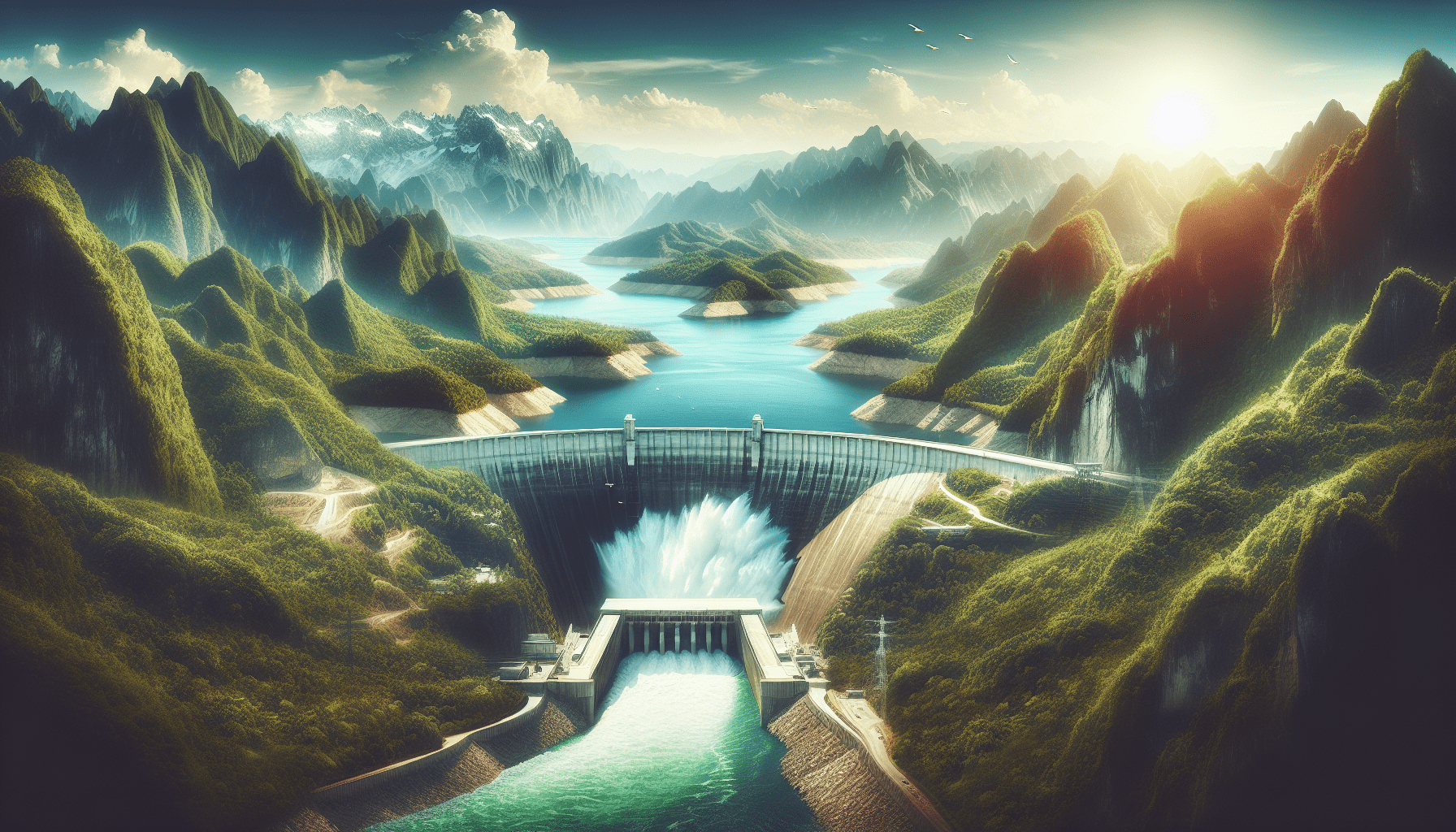
Future of Hydroelectric Power
The future of hydroelectric power is poised for growth with continued emphasis on sustainability and technological innovation.
Integration with Other Renewable Sources
Increasingly, hydroelectric plants are integrated with other renewable sources like solar and wind to create hybrid power systems. This approach enhances overall energy reliability and grid stability.
Micro-Hydropower Plants
Micro-hydropower systems are small-scale versions of hydroelectric plants, suitable for remote or rural areas. They offer decentralized energy solutions with minimal environmental impact.
Community Engagement and Shared Benefits
Future projects aim for greater community involvement, ensuring local populations benefit from hydroelectric development. This includes job creation, infrastructure improvements, and fair compensation for land use.
Conclusion
Hydroelectric power is a fascinating and complex process that allows us to harness the natural energy of moving water. Through components like dams, turbines, and generators, we transform the potential and kinetic energy of water into electricity. Despite its environmental challenges, hydroelectric power remains a cornerstone of renewable energy, offering significant economic and ecological benefits. As technology advances, the potential for more efficient and less invasive hydroelectric power grows, promising a brighter and more sustainable future.
In conclusion, understanding how hydroelectric power works not only deepens our appreciation for this renewable energy source but also highlights the importance of continuous innovation and responsible environmental stewardship. As we look forward to a future with diverse and integrated renewable energy solutions, hydroelectric power will undoubtedly play a vital role in achieving global sustainability goals.

